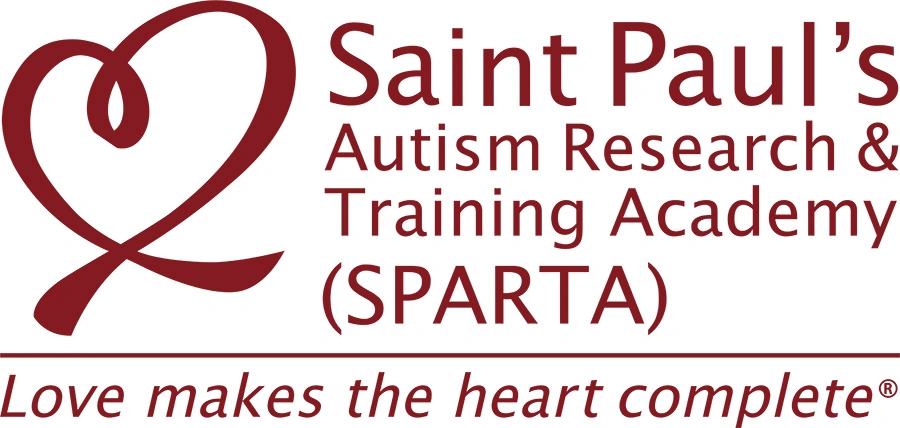There are few procedures to navigate non-verbal autism reinforcement in children and their vocal mands. A mand is a request for something wanted or needed, or a request to end something undesirable.
This study evaluated the effects of prompting, fading, and differential reinforcement on eye contact, pointing, vocal approximations, independent requests, and immature mands in three children with Autism Spectrum Disorders who in baseline emitted almost no independent vocal mands. This procedure resulted in a large and socially valid increase in independent vocal mands, other appropriate responses and near elimination of immature mands.
Non-vocal children often exhibit non-vocal mands, such as pointing, grabbing, leading, and problem behavior before they learn to emit conventional vocal mands (Drasgow, Halle, & Ostrosky, 1998). Thus, early intervention to promote conventional vocal mands both increases conventional vocal mands and decreases concurrent immature, non-vocal, verbal behavior (Drasgow et al., 1998; Drasgow, Sigafoos, Halle, & Martin, 2008; Sigafoos, O’Reilly, Schlosser, & Lancioni, 2007).
Children aged 6–13 months can learn conventional mands, such as manual signs, to access preferred activities or items with delayed physical and imitative prompts (Thompson, Cotnoir-Bichelman, McKerchar, Tate, & Dancho, 2007; Thompson, McKerchar, & Dancho, 2004). Vocal mand training for children with language delays often starts with the echoic prompts and vocal imitation (Bourret, Vollmer, & Rapp, 2004) which requires that the learner is first deprived of the relevant reinforcer, and then emits a one-word vocal response that approximates the teacher’s echoic prompt (Bourret et al., 2004).
This procedure may be highly successful for children with existing vocal repertoires who can accurately echo vocal models; however, some young children and some children with developmental delays enter educational programs without these skills. Another important consideration in teaching new vocal mand forms is that before the experimenter begins vocal mand training they should conduct an inventory of the child’s current vocal repertoire to ascertain current vocal approximations to possible vocal mands and which vocalizations are high frequency and apparently easy for the child to emit.
Thus, research should develop and evaluate an appropriate vocal mand training curriculum and procedures to teach vocal mands to non-vocal children. Therefore, this study investigated the effectiveness of prompting, fading, and differential reinforcement to teach independent vocal mands to non-verbal children with autism spectrum disorders by sequentially teaching pointing, eye contact, oral motor approximations, imitated vocalizations, and finally, independent vocalizations for preferred items. In addition to observing the effect of this intervention on vocal mands we also observed the effects on immature non-vocal mands.
Here at SPARTA, we are dedicated to advancing research on Autism Spectrum Disorder. We conduct and publish research on the effectiveness of ABA treatments and parent training. With your support, we can continue to implement more studies like this one, as well as provide hours of therapy to our students. An hour of therapy can be covered with just $20. Studies show that providing early interventions and therapy can provide tremendous improvements in the livelihoods of our students and their families.
To learn and read more, click below to view and download the article in PDF Format.
